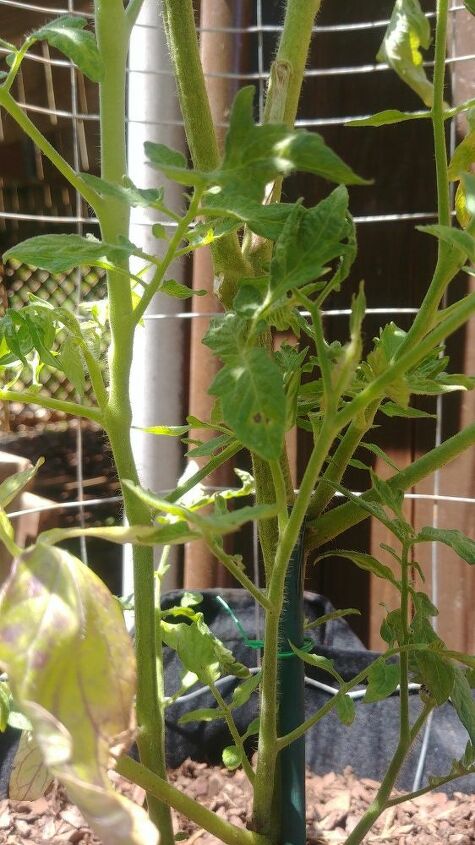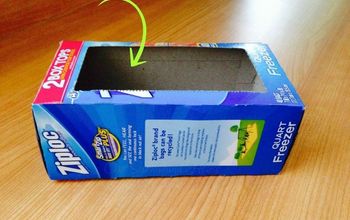How can I save my tomato plant?
Can anyone tell me what's going on with my tomato plant? It was growing like crazy, so much so that I had to add on to the caging. Now it's just stopped, got these weird spots on the leaves and the tomatoes aren't ripening at all. Please help, thank you!
Related Discussions
GNATS - How to get rid of them?
Somehow my house and garden got tiny gnats that killed my fuchsia plant and fly everywhere. I have tried ALL the Web recommendations - soap and oil dishes, sand in th... See more
Marigolds growing! Should I pinch the buds?
My marigold plants are growing. I heard that pinching the buds until Autumn will allow them to grow without killing the plant. Is this true?
Growing garlic
Growing our first garlic, should we wait until the leaves are drying out before we pick it? Husband picked first one today along with our first potatoes.
How to keep mice out of your garden?
Hi everyone, I have mice in my garden destroying my vegetables and I have also noticed them in the barn and shed. Please can someone tell me how to prevent them from ... See more
What's the best flower/plant to grow in Texas?
I know that opinions vary, but what's your opinion?!I have great luck w Rosemary plants. Green all year long.
How can I keep my dogs away from my tomato plants that have the cages
The dogs ate almost all my cherry tomatoes last year.




The tiny leaves that grow in the area where a stem is growing out from the main stalk, , takes the strength from the plant. pinch them off as the plant grows and you may see a difference. I dust my plants with Diatomaceous earth once a week..also put it on the ground below the plant.
Here's a link to a site that might help. It's hard to tell what exactly is going on by the pictures, but I'd say you're dealing with either #11 (Early Blight) or #12 (Septoria Leaf Spot). Good luck!
http://www.saferbrand.com/articles/common-tomato-plant-problems-how-to-fix-them
too much high nitrogen fertilizers,high salt or bad watering practices-- blocks calcium uptake in plants causes low production w/lots of accelrated green growth, symptoms first develop on older leaves showing some necrotic spots also; Blossom end rot symptoms occur on both green and ripe fruits and is identified by water-soaked areas that gradually widen and mature into sunken, brown, leathery spots on the bottom end. In many cases, secondary pathogens, which appear as a black, fuzzy-like growth, attack the affected area and cause complete rotting of the fruit. Blossom end rot will not spread from plant to plant.Since this plant problem is physiological in nature, fungicides will not work as a control measure. We recommend the following:
Save your egg shells. After you rinse them out. Let them dry. Then brake them into pieces. Spread them around the base of your plant. Bugs "Do Not " like walking over them.
Thanks to each one for your input. Good ideas from all.